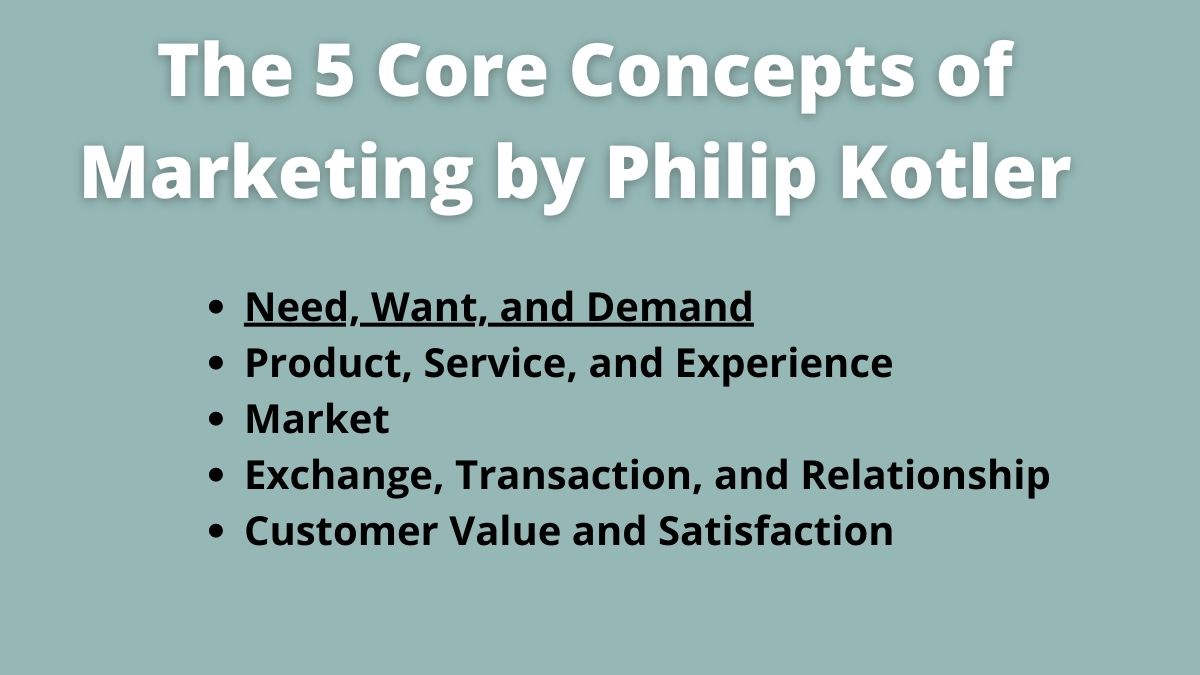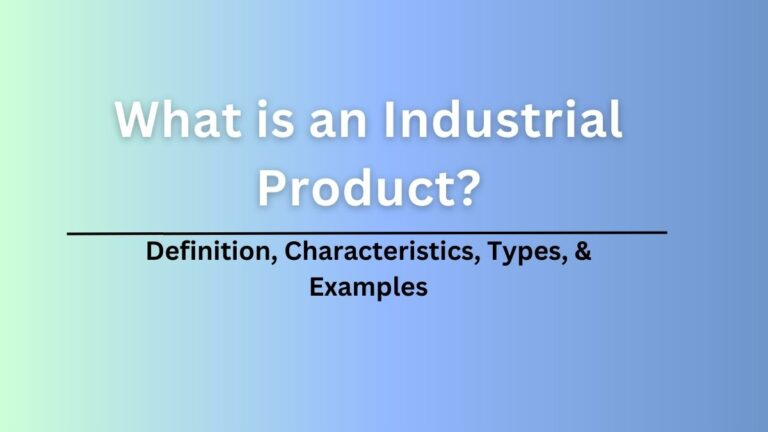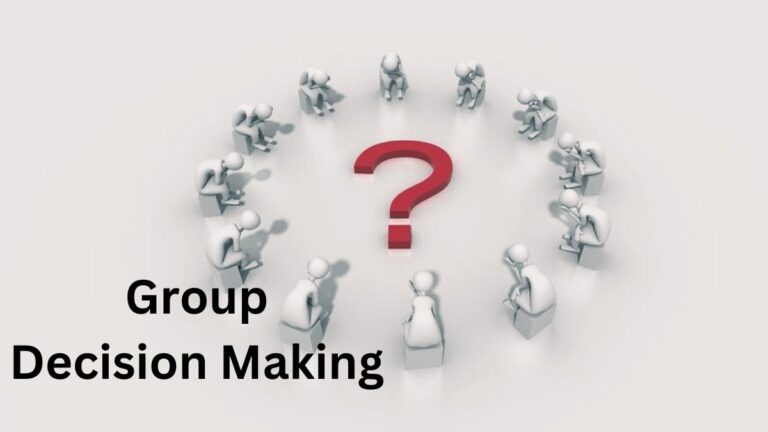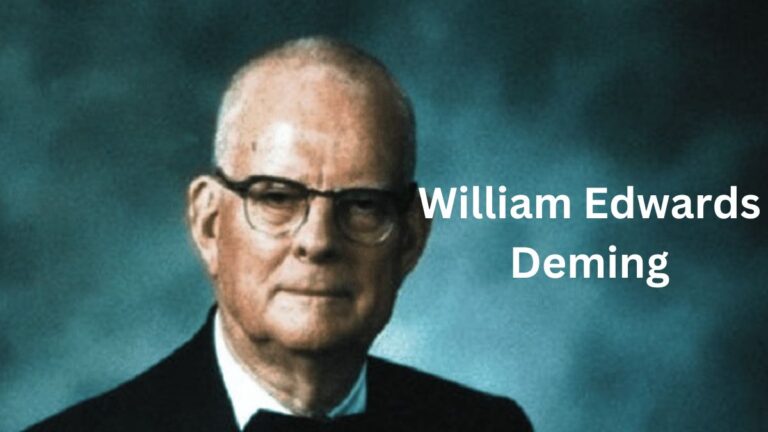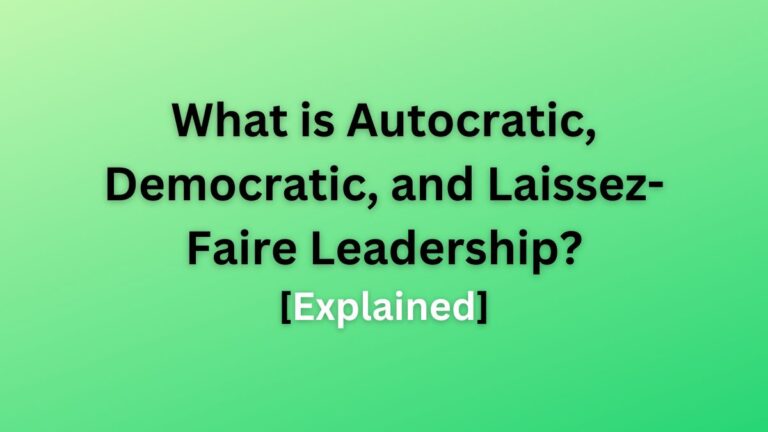The 5 Core Concepts of Marketing by Philip Kotler [Explained]
Have you ever tried to find out what marketing is made up of? Or, what are the key elements that make marketing a whole system? Here, we will discuss the core concepts of marketing in detail.
What are Core Concepts of Marketing?
Core concepts are basic elements their combination makes up the complete marketing system. Every marketing is a combination of these key concepts.
It was Philip Kotler, a marketing guru who has given us the idea of core marketing concepts. Kotler presented five key concepts of marketing. They are;
- Need, Want, and Demand
- Product, Service, Experience
- Market
- Exchange, Transaction, and Relationship
- Customer Value and Satisfaction
According to Philip Kotler, every marketing begins with the need point and ends with customer satisfaction, and its success determines the satisfaction of customers. For example, your marketing efforts are always directed to the needs of customers and you get the profits only when your products achieve customer satisfaction.
After identifying customers’ needs, what marketing strategies you apply to get the endpoint i.e. customer satisfaction determines whether or not your marketing strategy succeeds. These key marketing concepts define when the marketing starts when it ends, what includes in between, and how it works.
Let’s understand these key concepts of marketing separately.
The 5 Core Concepts of Marketing
The first core concept of marketing includes need, want, and demand.
Needs, Wants, and Demands
Need. The need is the basic requirement or state of felt deprivation that is fundamental to human existence. The need of humans is not influenced by the outside world it is inherent in every one of us.
Our basic need includes food, water, shelter, oxygen, etc. and secondary may be intimacy, recreation, etc. Need is what motivates one to take steps to satisfy it.
Also Read: What is Marketing Mix?
As a marketer, you should identify the customer’s need, make them aware of it, and convince them how your offerings i.e. product or service satisfy their need. As said it is the beginning of marketing, your marketing strategy should include the customer’s needs and how it will satisfy them.
Want. Want is a desire to satisfy of need. Customers’ want is based on their taste, preference, culture, the society they belong to, and individual personality. For example, need is food – while there are many options for food want takes place to satisfy the need – as want is shaped by e.g. culture an American when feels hungry may eat burgers whereas a Nepali may eat Daal and Bhaat.
Customer want is influenceable. You can always influence customers’ wants through different marketing and promotional strategies.
Demand. It is the next level of want. Demand is when consumers want to buy and they possess the ability to pay and the willingness to buy. Remember – a demand is when it has a willingness to buy and the ability to pay.
Your marketing strategy should not always be based on consumers’ wants but should also include their demand capacity. For example, you may want to buy a Lamborghini but you do not have enough money to buy it. Here you only have the willingness to buy but not the ability to pay. Lamborghini is your want and, say, you have the ability to buy a Bullet bike that is your demand.
Product, Service, and Experience
Product. A product is an item that has the ability to satisfy customers’ needs, wants, and demands. Here product refers to a physical item such as a mobile, house, car, bike, clothes, etc.
For successful marketing, your product should have the quality, and features, be superior or different from customers, be affordable, and most importantly ability to satisfy customers.
Related: What is an Actual Product?
Service. A service is a form of product that is intangible in nature and can not be seen but felt or experienced. For example, cooking, insurance, transportation, doctor’s service, etc.
As the physical product, your service should also have the quality to satisfy customers.
Experience. Experience is what we obtain through consuming products or using the service. The experience may be as good, bad, boring, or interesting. Customers get to experience when they use the product or service. It is the after-consumption state consumers get.
These all (product, service, experience) second components of core concepts of marketing are directed to satisfy the above-mentioned customers’ need, want, and demand.
Market
After the needs and products, the third component is the market.
A market is a place where potential buyers and seller meet and buys or sells goods (product) and services. Here, the market does not refer to any specific location it can be anywhere offline-online where buyers and sellers meet and involve in transactions of well-defined products to satisfy their needs.
Here, the market is a place, and also in marketing terms seller is referred to as an industry and customers as a market. The larger the market there is the possibility of higher potential buyers and sellers.
Exchange, Transaction, and Relationship
Exchange. The exchange is also called the barter system. In exchange, include two parties who give something in return for something. For an exchange to be valid there should be two parties, willing to exchange and provide value to each other.
Also Read: Importance of Marketing in Business
For an exchange to be it does not require to be in a monetary way. It may be by product and product or service and service.
Transaction. A transaction is an event that happens after the exchange and is done in monetary terms. For a transaction to be it must require to be in monetary terms.
A transaction requires two parties, agreement, condition, legal compliance, and monetary value. For example, you give an apple to Ram in return for an Orange that is an exchange. And, when you buy an orange giving some money to the seller is a transaction.
Relationship. Today marketing does not thrive solely on selling products rather it strongly requires establishing long-lasting relationships with different stakeholders.
Here, the relationship also called relationship marketing refers to building long-term relationships with customers, suppliers, distributors, and other stakeholders of the company. It aims to maintain a stronger connection with stakeholders who are directly or indirectly involved in the business.
You should create, maintain, and enhance win-win relationships with customers and other stakeholders. Doing so, should show commitment, understand customers’ intentions, and build cooperation, and an environment of trust.
Also Read: What is a Marketing Concept?
Customer Value and Satisfaction
The customer is the person or organization that buys from you.
Customer Value. Value refers to the worth consumers get after using your products. Customer value is based on quality, service, and price.
The customer value may change with time and situation and differ from consumer to consumer. For example, some may perceive value in product quality, some may have service value (warranty, training), some may have price value, some have image value (prestige), etc.
Customer Satisfaction. It is determined by the performance and delivery of a product or service to customers’ expectations. If the product performance matches a consumer’s expectation the customer will be satisfied, if performs less he will be dissatisfied, and if the performance exceeds the consumer’s expectations he will be delighted and highly satisfied.
Satisfied customers become brand loyal and are likely to tell other people about good experiences. As customer satisfaction is the end point of marketing, the key to the success of marketing is to match product (or service) performance with customers’ expectations.
You should attempt to delight customers by providing more performance (value) to customers than their expectations. That certainly makes the customer brand loyal and they will be repetitive customers.
Hence…
You may have understood with these five core concepts of marketing how actually the marketing is completed and functions. Every marketing includes product, service, need, want, demand, experience, market, exchange, transaction, interaction, buyer, seller, value, and satisfaction.
Read Next: The 4 Cs of Marketing
Sajan Kushmi is a content writer with more than 4 years of experience. He holds BIM Degree. He write on the topics related to Management, Marketing, and Entrepreneurship.
